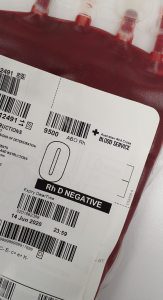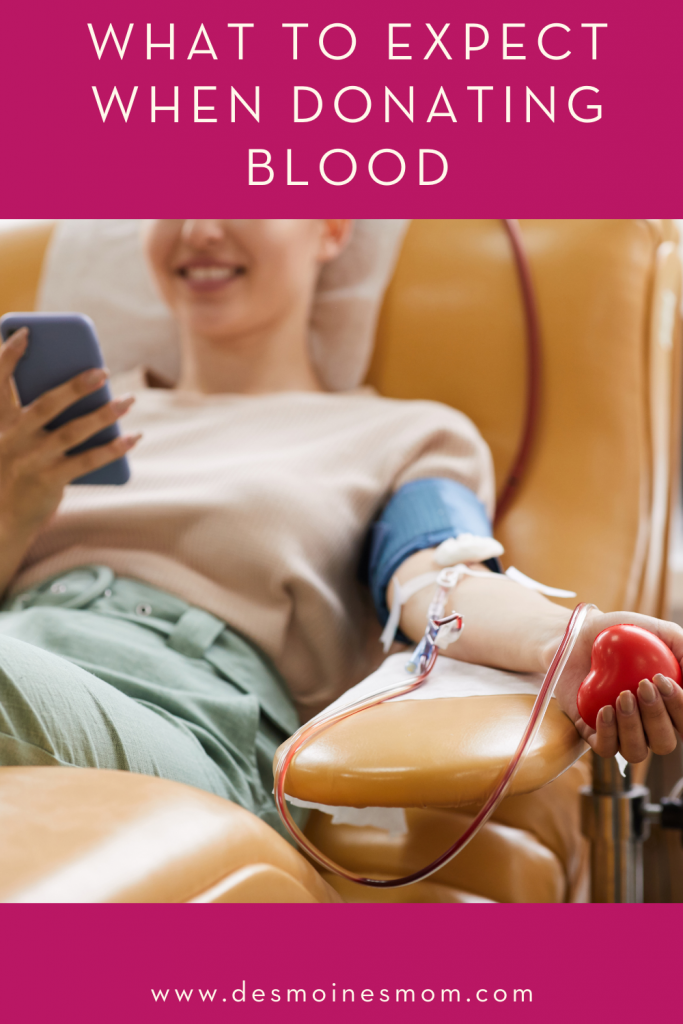A lot of things have changed in our world over the last year, but the need for blood donors has remained the same. Whether we are living through unprecedented times or just trying to survive another manic Monday, people in our community are always in need of blood and blood products.
There is no substitute for human blood. Blood products are commonly used to treat cancer, during surgeries, after car accidents, and to support organ transplants.
If you need a reminder of who benefits from blood donations, you can read about them here. You won’t have to scroll very far to find my son’s story. Blood donation holds a special place in our hearts and we are so very thankful for everyone in our community who has or who will donate.
Where do I start?
First, you need to make sure you are eligible to donate blood. While most healthy adults can give blood, there are some very valid reasons blood donation may not be right for you. Check this eligibility list and don’t hesitate to call if you have any questions or concerns about your eligibility.
Right now, donations can only be given by appointment. It’s simple to schedule an appointment and once you’ve donated, the blood center will let you know when you are eligible to donate again.
What should I donate?
This may seem like a strange question, but there are a few different options for blood donation. Whole blood, double red cells, platelets, and plasma. Read about the differences here.
If you are new to the process, sign up for a whole blood donation – it’s a great place to start! While you are at the blood center, you can ask the staff if you are a good candidate for any of the other donation categories.
What happens when I show up for my appointment?
You will first need to show a valid ID and confirm your personal information. Then you will be asked to read an informational packet about the process of blood donation and possible reasons you might be deferred from blood donation.
You will be asked to fill out a lengthy questionnaire about your history and eligibility. It’s important to answer correctly and to know that just because you answer “yes” to a question or two, it doesn’t mean you’ll be turned away – it may just mean the workers need to ask a few more clarifying questions.
You can fill this questionnaire out before you arrive to save time.
Once completed, a blood center associate will escort you to a private room where you can discuss these questions and complete a pre-donation examination.
What happens in the pre-donation examination?
I’m going to be real honest here, this part of the experience is my least favorite. The associate will take your temperature, blood pressure, check your pulse, and prick your finger to get a little blood which will be used to check your iron level.
I hate getting my finger pricked! It’s ridiculous, I know, but the finger prick bothers me more than the needle they use to get a pint of blood out of my veins. Pro-tip, look away. It happens so quickly that if you aren’t watching, you don’t even know it’s happened. Afterward, they will put a little bandaid on the tip of your finger to stop the bleeding.
Once cleared for donation, you will be allowed to pick the arm you want to use for donation and then proceed to the main area to get started.
I’m in the chair, now what?
You’ve made it! The hard part is behind you. Once seated the associate will give you a ball to squeeze, this helps get your blood moving. They will place a tourniquet above your vein which adds a little pressure to your arm. After again confirming your identity and thoroughly cleaning the area, they will insert a fairly large needle into your vein. For me, this doesn’t hurt at all and I can watch the entire process without getting queasy.
After they have accessed your vein and the blood is flowing freely, the associate will tape the needle in place, loosen your tourniquet, and make sure you are feeling well. Then you just wait for your bag to fill. This usually only takes 8 to 10 minutes for whole blood. You may have to give the ball a few gentle squeezes or the associate may reposition your arm or the needle if the blood flow is slowed. Even so, filling the bag is a quick and painless process.
The blood center associate will apply a cotton swab to stop the bleeding after the needle is removed and wrap your arm in a colorful self-adherent wrap.
Can I go now?
Again, the associate will assess your wellbeing after donation. I’m able to get right up and head to the table for a snack and some water, others have to wait a few minutes before walking or even have their feet elevated for a moment. The more you give blood, the more your body becomes acclimated to the process. So, for most people, the first donation may make you feel a little off, but moving forward it should get easier.
I take my time eating some crackers and cookies in the lobby before I head out the door. They advise you to take it easy the rest of the day and make sure you drink plenty of water and eat well following a donation.
Sometimes I will get a bruise where they punctured the vein. For me, this has been the only real side-effect I can report from my numerous experiences donating blood.
Is there anything else I should know?
Sometimes I get deferred, usually, it’s because my iron is too low but I have had an experience where I struggled to fill a bag, a time that I was taking a medication that was on the deferral list, and one time I became ill on the way to the center forcing me to turn around and reschedule.
My advice is to drink a lot of water the days prior to your donation and to eat a variety of healthy foods as well. Still, like so many things in life, you don’t have to be perfect to make an impact. Being deferred or resting longer than eight weeks between donations doesn’t make you a bad person.
Every time I donate blood I remember that my simple act has the potential to help three people, and even save lives on occasion. As a regular donor and as a parent who watched my son receive countless life-saving blood and platelet transfusions, I want to thank you from the bottom of my heart for your donations.



















